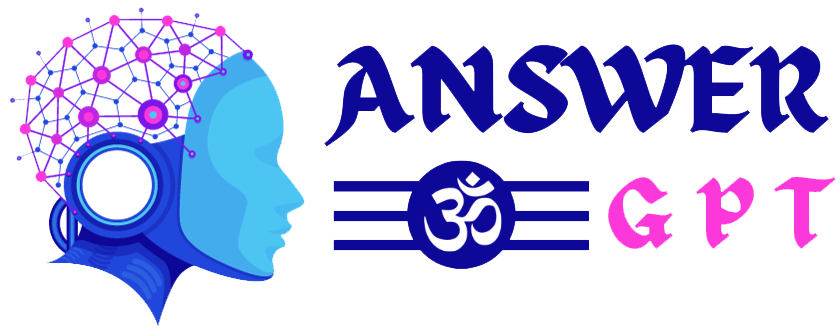1. Which of the following is a supervised learning problem?
- Grouping related documents from an unannotated corpus.
- Predicting credit approval based on historical data.
- Predicting if a new image has cat or dog based on the historical data of other images of cats and dogs, where you are supplied the information about which image is cat or dog.
- Fingerprint recognition of a particular person used in biometric attendance from the fingerprint data of various other people and that particular person.
Answer :- b, c, d
2. Which of the following are classification problems?
- Predict the runs a cricketer will score in a particular match.
- Predict which team will win a tournament.
- Predict whether it will rain today.
- Predict your mood tomorrow.
Answer :- b, c, d
3. Which of the following is a regression task?
- Predicting the monthly sales of a cloth store in rupees.
- Predicting if a user would like to listen to a newly released song or not based on historical data.
- Predicting the confirmation probability (in fraction) of your train ticket whose current status is waiting list based on historical data.
- Predicting if a patient has diabetes or not based on historical medical records.
- Predicting if a customer is satisfied or unsatisfied from the product purchased from ecommerce website using the the reviews he/she wrote for the purchased product.
Answer :- a, c
4. Which of the following is an unsupervised learning task?
- Group audio files based on language of the speakers.
- Group applicants to a university based on their nationality.
- Predict a student’s performance in the final exams.
- Predict the trajectory of a meteorite.
Answer :- a, b
5. Which of the following is a categorical feature?
- Number of rooms in a hostel.
- Gender of a person
- Your weekly expenditure in rupees.
- Ethnicity of a person
- Area (in sq. centimeter) of your laptop screen.
- The color of the curtains in your room.
- Number of legs an animal.
- Minimum RAM requirement (in GB) of a system to play a game like FIFA, DOTA.
Answer :- b, d, f
6. Which of the following is a reinforcement learning task?
- Learning to drive a cycle
- Learning to predict stock prices
- Learning to play chess
- Leaning to predict spam labels for e-mails
Answer :- a, c
7. Let X and Y be a uniformly distributed random variable over the interval [0,4][0,4] and [0,6][0,6] respectively. If X and Y are independent events, then compute the probability, P(max(X,Y)>3)
- 1/6
- 5/6
- 2/3
- 1/2
- 2/6
- 5/8
- None of the above
Answer :- f (5/8)
8. Find the mean of 0-1 loss for the given predictions:
- 1
- 0
- 1.5
- 0.5
Answer :- d (0.5)
9. Which of the following statements are true? Check all that apply.
- A model with more parameters is more prone to overfitting and typically has higher variance.
- If a learning algorithm is suffering from high bias, only adding more training examples may not improve the test error significantly.
- When debugging learning algorithms, it is useful to plot a learning curve to understand if there is a high bias or high variance problem.
- If a neural network has much lower training error than test error, then adding more layers will help bring the test error down because we can fit the test set better.
Answer :- b, d
10. Bias and variance are given by:
- E[f^(x)]−f(x),E[(E[f^(x)]−f^(x))2]
- E[f^(x)]−f(x),E[(E[f^(x)]−f^(x))]2
- (E[f^(x)]−f(x))2,E[(E[f^(x)]−f^(x))2]
- (E[f^(x)]−f(x))2,E[(E[f^(x)]−f^(x))]2
Answer :- a

![[Week 1-12] NPTEL Introduction To Machine Learning Assignment Answer 2023 37 w1q8](https://storage.googleapis.com/swayam-node1-production.appspot.com/assets/img/noc23_cs98/w1q8.JPG)